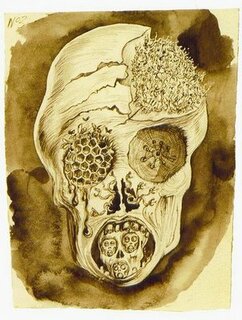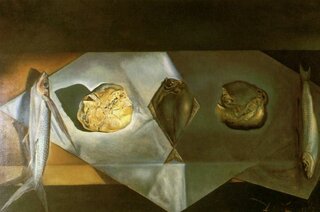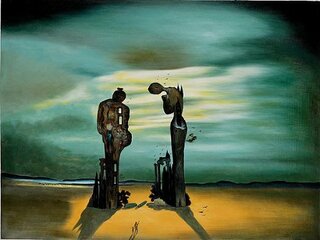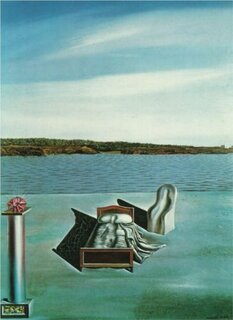
Throughout Dali’s work is a whole lot of food. Food is in Soft Watches came from a dream of runny camembert, in Fried Eggs on a Plate Without the Plate, in Gala with Two Lamb Chops Balanced on Her Shoulder, In Cannibalism of the Object, in Ghost of the Vermeer van Delft, in Usable as a Table, in Dynamic Omelettes with Fine Herbs and even Construction with Boiled Beans, which is a picture on the Spanish Civil War.
Dali also painted quite a few pictures of the Plain of Ampurdán, which he thought to be the loveliest scenery on Earth. The Catalonian coastline from Cape Creus to Estartit with Cadaqués midway, gave Dali the landscape setting of his most famous paintings. For Dali the centre of the world was in Catalonia. At Perpignan railway station, to be exact.. “Do you suppose there are landscapes suitable for paintings all over the Earth, simpily because it is round? A round face isn’t all noses, is it? There are very few landscapes.” To Dali’s way of thinking, Catalonia was the Earth’s nose, the thing everything was focused on. “When Catalonia is the queen and mistress of the world… when people take a close look at the Catalonians, it will be like looking at the very blood of truth, and taking their hand will be like touching the hand of truth… because they are Catalonians, they will be repaid everything, wherever they may go.”




